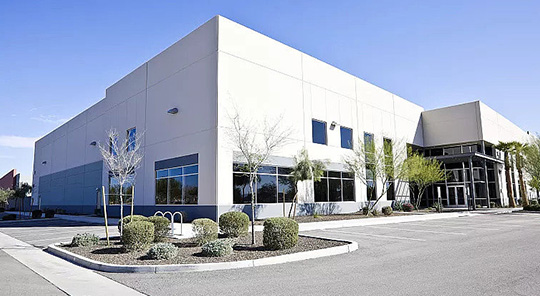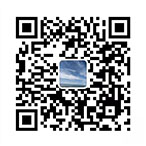1: Spectral analysis
The main types of light used in the machine vision industry are visible light, infrared light, and ultraviolet light;

2: Color temperature
When the spectral distribution of the light emitted by a certain light source is the same as the spectral distribution radiated by a non reflective, non transparent, and completely absorbing blackbody at a certain temperature, we refer to the absolute blackbody temperature as the color temperature of this light source. Red radiation is relatively more abundant, usually referred to as "warm light"; After the color temperature increases, the energy distribution becomes concentrated and the proportion of blue radiation increases, commonly known as "cold light".
The color temperature of commonly used light sources:
The standard candlelight is 1930 K (Kelvin temperature unit); Tungsten filament lamp is 2760-2900K; Fluorescent lamp is 3000K; The flash is 3800K; At noon, the sunlight is 5400K; The electronic flash is 6000K; The blue sky ranges from 12000 to 18000K.
3: Reflection of light
The phenomenon of light changing its propagation direction at the interface between two substances and returning to the original substance is called reflection of light

01: Specular reflection
A parallel beam of light is projected onto a flat mirror, and the reflected light is parallel, which is called specular reflection.
The reflective surface of an object is smooth, such as a mirror, a calm water surface, etc

02: Diffuse reflection
When a parallel incident light beam hits a rough surface, the surface will reflect the light in all directions. Therefore, although the incoming rays are parallel to each other, due to the different normal directions of each point, the reflected light will reflect irregularly in different directions, which is called "diffuse reflection" or "diffuse reflection".

4: Refraction of light
When light is obliquely projected from one transparent medium into another, the direction of propagation generally changes, and this phenomenon is called refraction of light.
The refraction of light, like the reflection of light, occurs at the junction of two media, with the reflected light returning to the original medium and the refracted light entering another medium. Due to the different propagation speeds of light in two different substances, the direction of propagation at the junction of the two media changes. This is the refraction of light. Note that at the junction of the two media, both refraction and reflection occur. The speed of reflected light is the same as that of incident light, while the speed of refracted light is different from that of incident light.

5: Diffraction of light
Diffraction, also known as diffraction, is the phenomenon in which waves continue to propagate through scattering after encountering obstacles or small holes. Diffraction is a unique phenomenon of waves, and all waves undergo diffraction.
The longer the wavelength, the more likely diffraction occurs.

6: The wavelength range of light
The wavelength range of visible light is between 780 and 380 nanometers. Electromagnetic waves with different wavelengths cause different color sensations in the human eye.

7: The synthesis and complementarity of light colors
The three primary colors of light: R-red, G-green, B-blue

Red, green, and blue are complementary colors. When light shines on an object, the object reflects colored light of the same color as itself, while different colored light does not reflect light at all on complementary colored objects. If red light shines on a red object, a black and white camera will image the object as white; Red light shines on green objects, while black and white cameras image black objects.
8: The role of machine vision light sources
① Enhance features and weaken background
② Highlighting measurement features
③ Improve image information
④ Simplified algorithm
⑤ Reduce the complexity of system design
⑥ Improve the inspection accuracy and speed of the system

9: The characteristics of LED light sources
① Freedom of illumination: selection of position, direction, range, brightness, and directional and divergent light
② Fast response speed: 10 μ S (1/1 million seconds)
③ Strong wavelength selectivity, optimized reflection and diffusion
④ Long lifespan: approximately 30000 hours
⑤ Low comprehensive operating costs, low power consumption, and less maintenance and management workload
10: Circular light source



Application field:
Ø PCB substrate inspection and plastic container inspection
Ø IC electronic component detection, integrated circuit character detection
Ø Microscopic illumination, universal appearance inspection, liquid crystal correction
Providing different angles of illumination can highlight the three-dimensional information of objects and effectively solve the problem of diagonal illumination shadows
Example of circular light source imaging:
01:

Circular light source: uniform illumination, clear image characters
02:

Strip light source: The illumination direction is single, and the image characters are not fully imaged
Due to space limitations, the next article will continue to introduce the basics of light sources (annular shadowless light sources, strip light sources, coaxial light sources, bowl shaped light sources, backlight sources, parallel light sources, point light sources, etc.)
Note: This article (including images) is a reprint, and the copyright of the article belongs to the original author. If there is any infringement, please contact us to delete it.






















